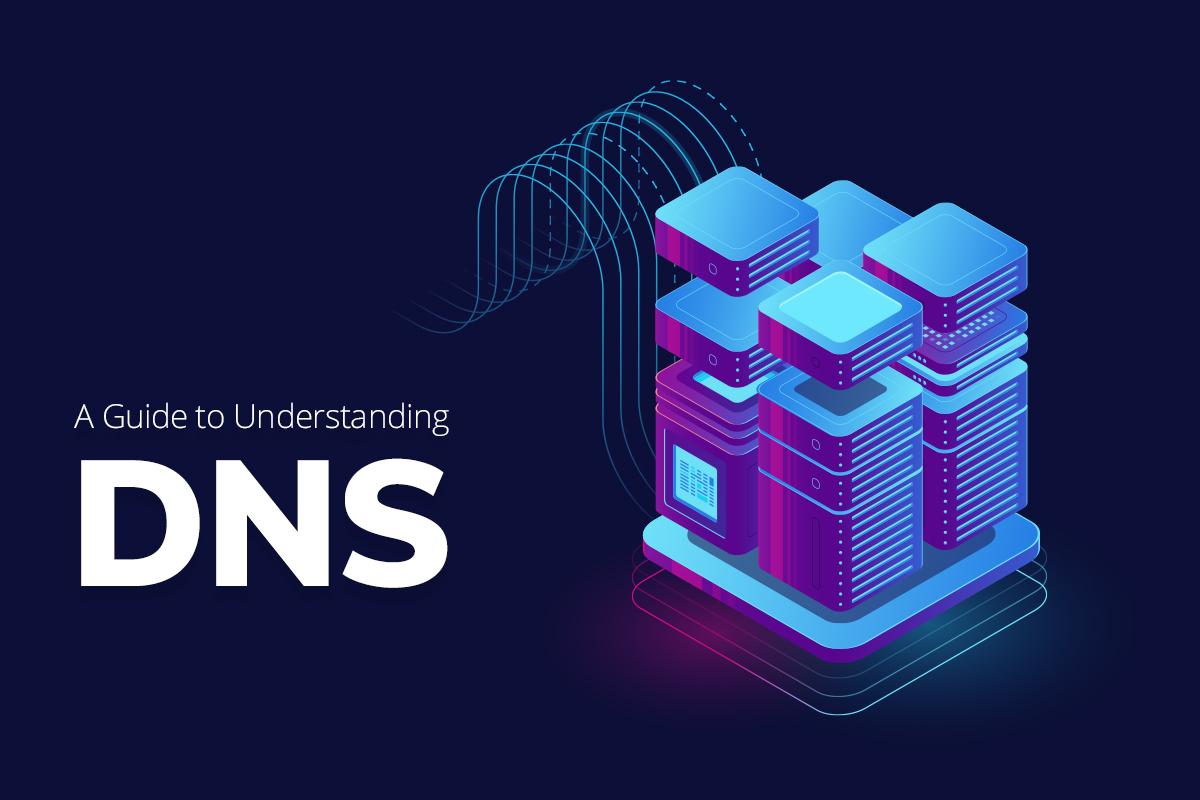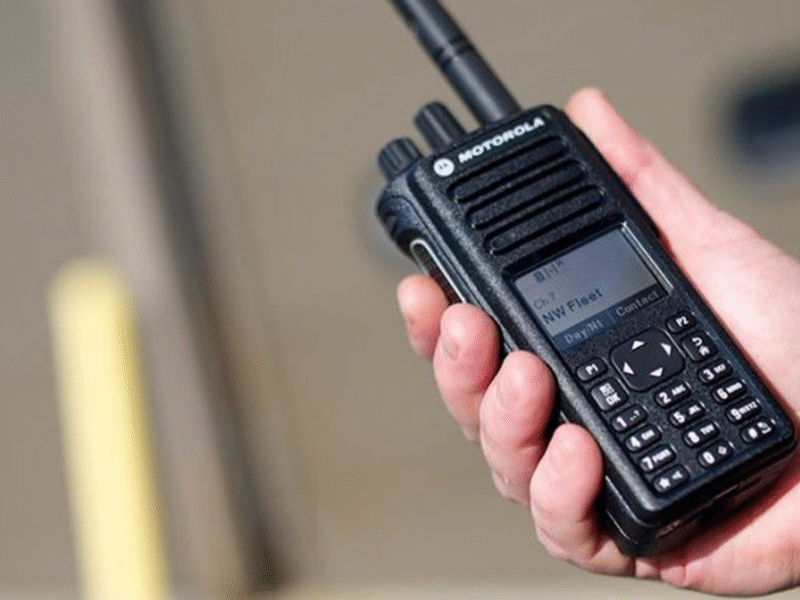Out of all the innovations that have happened in the last few decades, the invention and popularization of the Internet or the World Wide Web is one of the most significant ones. The Internet has become an integral part of people’s lives today. Almost every individual who owns a web-enabled electronic gadget uses the technology for numerous purposes. According to EDN, individuals use the Internet for numerous purposes, ranging from downloading files and streaming content to communicating with others playing games. The Internet has laid the foundation for exploring infinite possibilities, which is one of the main reasons billions of individuals use technology daily.
Needless to say, the modern Internet infrastructure is very complex. Thus, it is actually amazing that most websites and online platforms work seamlessly, i.e., without exhibiting problems most of the time. However, there are instances when issues present themselves, disturbing the experience’s seamlessness. One of the most common issues most users face while browsing the Internet is when the DNS server’s service becomes unavailable. This article will shed light on DNS and cover numerous aspects, including how macOS and Windows users can resolve the “service unavailable” DNS failure issue. Let us dive right into it:
What is DNS?
A DNS or Domain Name System connects the communication gaps between human beings and computers by matching or joining domain names to their respective IP or Internet Protocol addresses. A DNS is used for translating domain names of online platforms to IP addresses, which facilitates browsers to access other resources of the Internet.
How to Resolve the “Service Unavailable” DNS Failure Issue:
While using their Mac or Windows PC to browse the Internet or perform other web-based activities, users often get served with a message stating “DNS unavailable.” This can mean one of two things – either the user’s computer is facing issues while trying to reach a DNS server, or the server in question is facing problems while trying to reach the target website. Thankfully, there are numerous ways following which both macOS and Windows users can resolve the issue. Here is a brief look:
macOS – If you are a macOS user who is facing a DNS error, there are numerous ways following which you can resolve the issue. One of the most effective ways of doing so is restarting your Mac. Besides this, another potential solution for solving the issue is restarting your modem or router. Other effective ways of resolving the issue include switching to a different web browser, clearing the browser’s and DNS cache, disabling other active network connections, etc.
Windows – Similar to macOS, Windows users can also resolve DNS-related issues by following similar methods. For starters, users can try switching browsers. Besides this, users can also potentially resolve the issue by temporarily disabling their antivirus program or flushing their DNS cache. Moreover, other potential solutions include manually changing the DNS server, disabling IPv6, etc.
How DNS Functions:
The DNS resolution process involves the conversion of a hostname into an IP address that the computer easily understands. An Internet Protocol address is provided to each device present on the Internet, which is deemed necessary to find the appropriate Internet device similar to a street address. Whenever the user wishes to load a specific webpage, a translation has to occur between the user’s input and the machine-friendly IP address, which is necessary to locate the webpage.
DNS Servers Responsible For Loading a Webpage:
To put it simply, there are 4 DNS servers in total that are involved in loading a specific website. Here is a detailed look at each:
- DNS Recursor – The DNS Recursor is deemed a server specially designed to receive inputs in the form of queries from client machines via applications such as browsers. Furthermore, the precursor is the server responsible for making new requests. This facilitates it to satisfy the client DNS’s input or query.
- Root nameserver – The root server is deemed the first of many steps in the process of translating or resolving human-readable host names into computer-friendly Internet Protocol addresses. Simply put, it is similar to a library’s index that points toward different book racks. It typically functions like a reference that points towards other specific locations.
- TLD nameserver – TLD or the top-level domain server can be understood more clearly like a specified book rack in a library. TLD nameserver is deemed as the next step when it comes to searching for a particular IP address.
- Authoritative nameserver – The final nameserver in the list of servers responsible for loading a webpage is the authoritative nameserver. It is the final destination in terms of the nameserver query. If it has access to the requested record, it will revert the address for the demanded hostname back to the DNS Recursor.
The DNS is responsible for ensuring the Internet functions smoothly and efficiently besides being user-friendly. To know more about it, refer to the points mentioned above.



